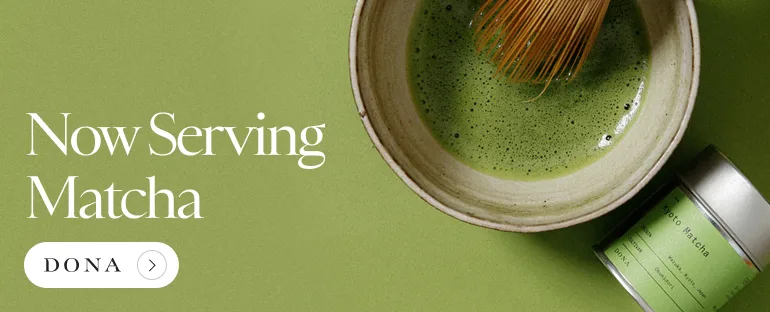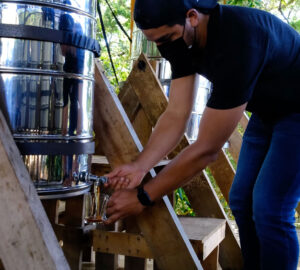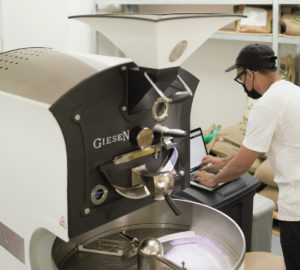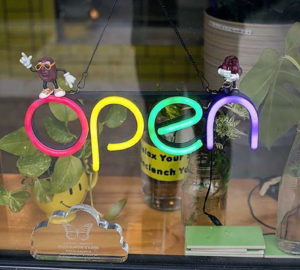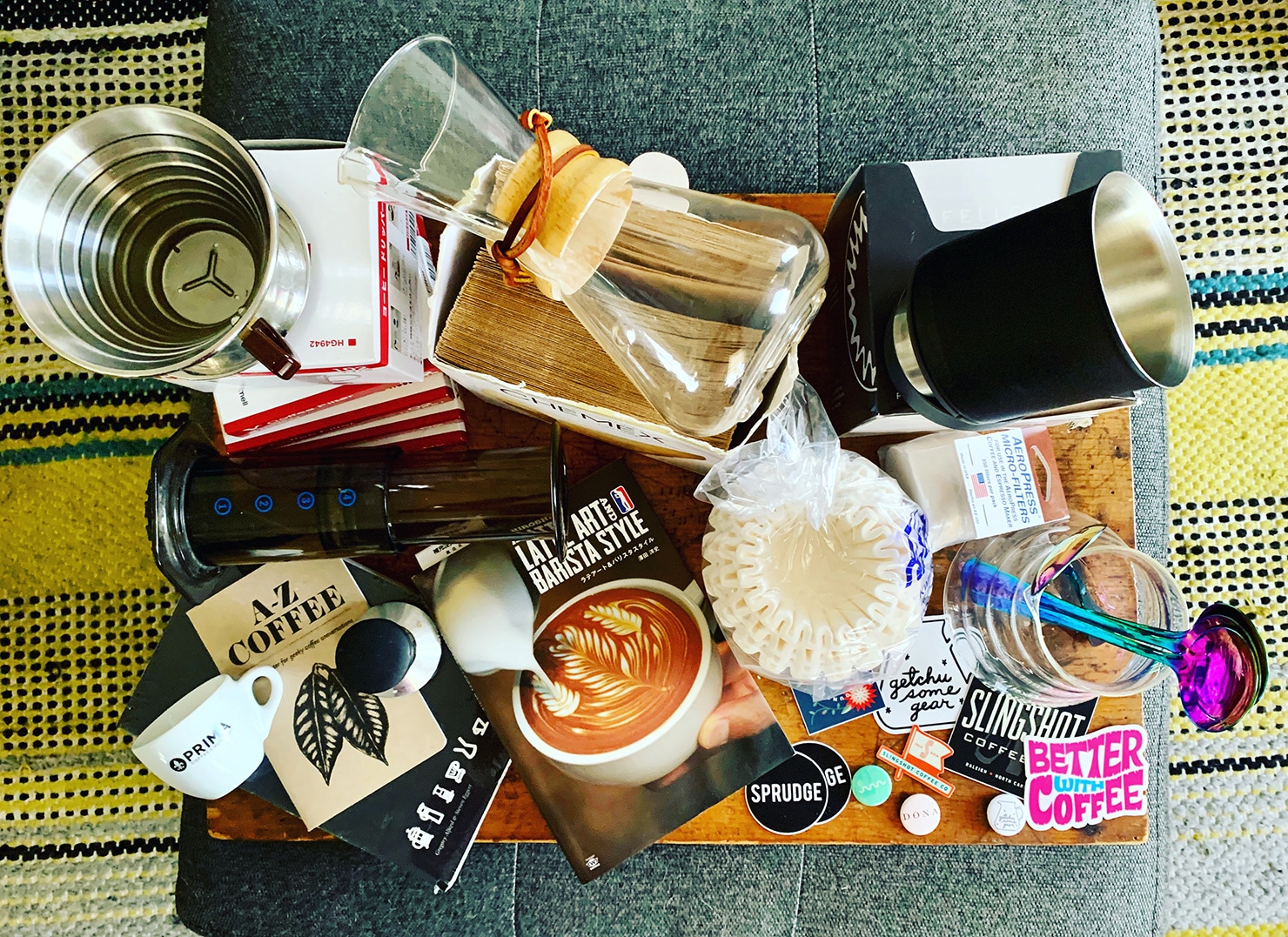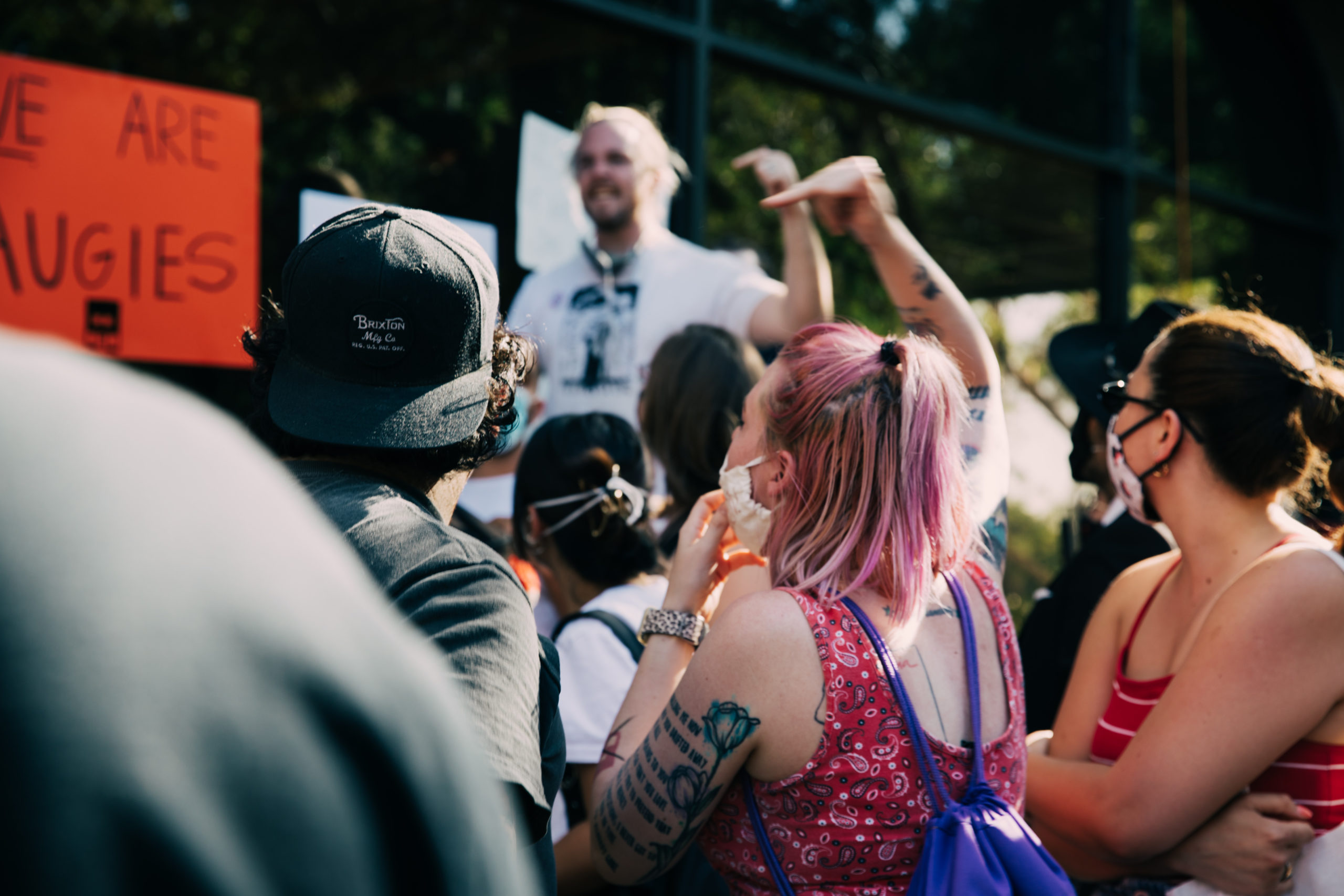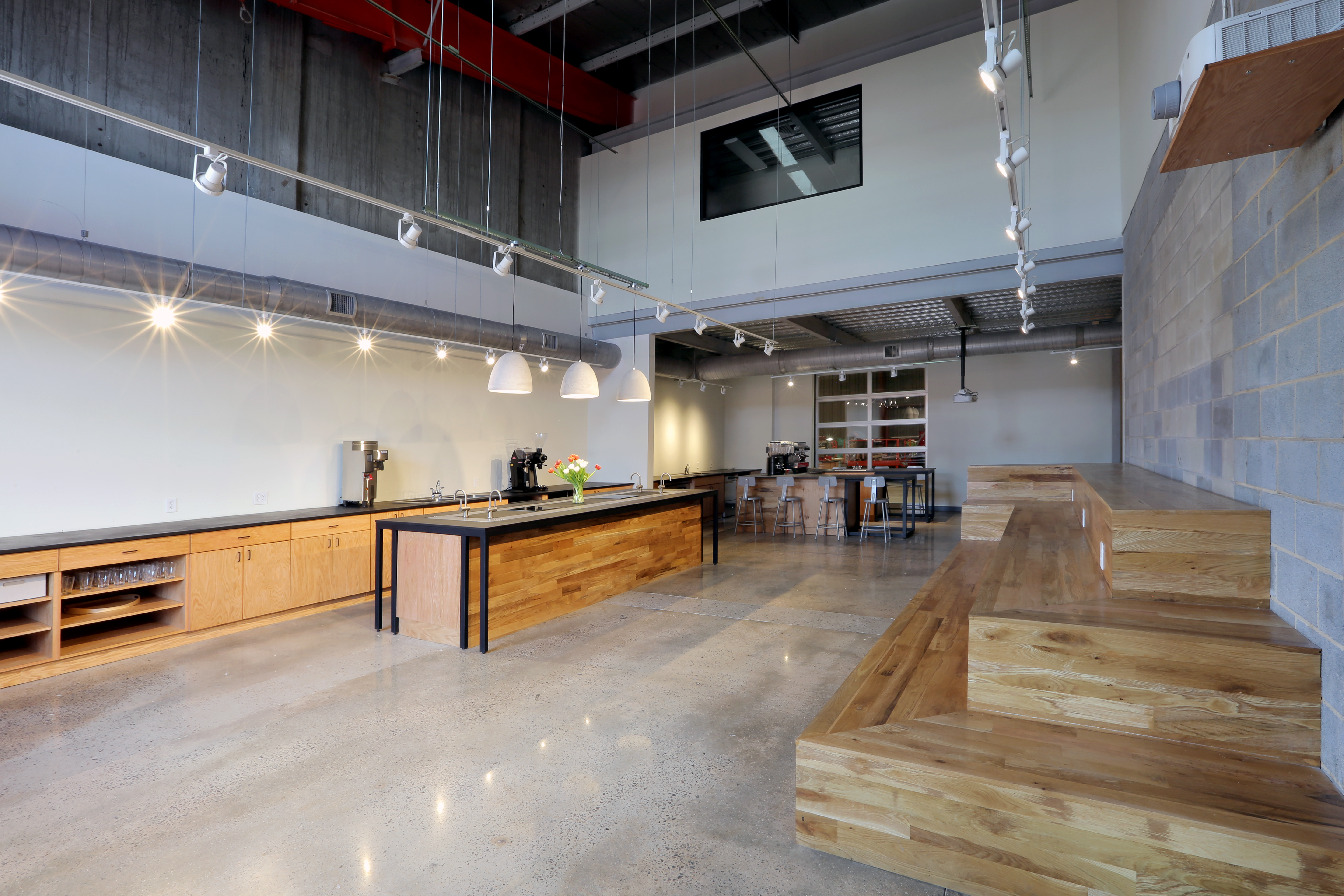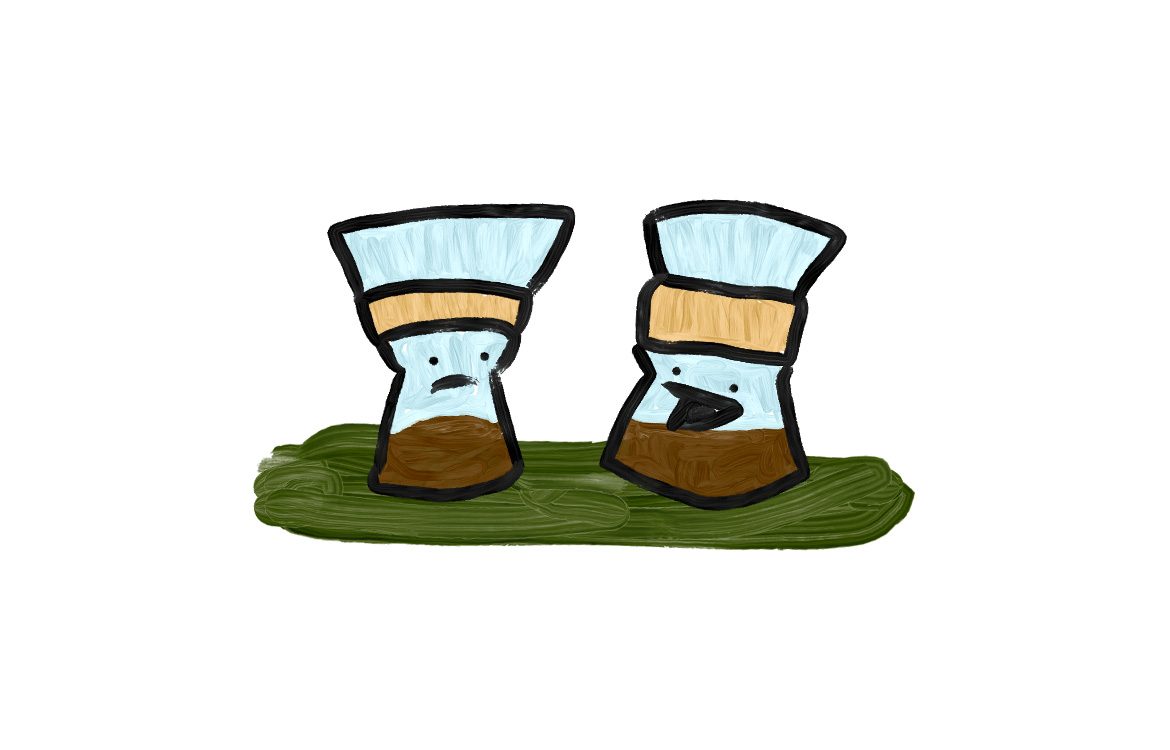
I remember when I visited my extended family in Taiwan in 1998. Lining the streets were vendors doling out the latest movie on DVD, before it even left the theater. A few years later, the girls around school were all sporting bags with the Chanel-style C patterned around them. I bought a pair of C-patterned heels for NT$100 (US$3 at that time). They were such a steal and people fawned all over them.
What I didn’t know was that pirated movies and counterfeit products were intellectual property rights violations, and that I was enabling the market.
When I first decided to write this feature series [READ PART ONE HERE] I had wanted to explore cultural influences in intellectual property (IP). Instead, it evolved into also looking at how developing countries manage IP and how the internet influences global coffee culture. Every country has a different approach to IP laws, and social media only makes access to other people’s ideas easier.
IP cases in coffee that play out on the international stage tend to be dominated by large corporations—that is, those entities that have the resources to take things worldwide. Patent registrations protect companies, but they also expire after a set number of years. In 1976, Nestlé filed its first patent for its single-pod Nespresso system and subsequently filed at least 1700 more patents. In the US, Keurig Green Mountain filed its first patent for K-Cup pods in 1992. For both companies, the patents began to expire in 2012, opening the doors to new companies and cheaper pods.
Most specialty coffee companies don’t seem to care much about patent wars, despite some having been recently purchased by larger entities like JAB Holding Company or Nestlé. But as specialty coffee—and its accoutrement—continues to be a growing industry, new coffee equipment is constantly being invented. Having ready access to social media only means the newest ideas can get knocked off easier than ever.
The PUSH tamper, created by UK-based Clockwork Espresso, is one example of new coffee equipment that’s been duplicated around the world. In 2015, when soon-to-be United Kingdom Barista champion Maxwell Colonna-Dashwood pulled out a strange, hockey-puck-like tamper on the world competition stage, the audience was buzzing. The shape was unlike any tamper on the market and could conceivably solve pressure consistency issues that occur from one tamp to the next. As expected, similar products began appearing on the world market soon after. When asked about them, the founder of Clockwork Espresso’s Pete Southern confirmed that they were unauthorized copies. “Yes, there are several replica products on the market that are produced without our permission,” he said via email.
Southern’s background is in biotech, where IP protections are common and respected, giving him a leg up on protecting his new product. “Working in this field means that I have direct experience of working with patents, litigation, enforcement, action, etc,” he said. “The coffee industry currently lacks this understanding of IP, but I think this will change over time.”
Southern plans on building an IP portfolio, which is a collection of IP registrations and assets that a company manages. He elaborated, “We will use this portfolio to protect our investment, in a strategic rather than reactive way.”
One common misconception he points out is that “people also don’t seem to realize that selling/distributing/marketing an infringing product without permission is just as illegal as manufacturing it.” On the flip side, patent owners are also able to license their technology, which can benefit the creation of new products without worrying about infringements.
In his paper “Intellectual Property Challenges for Developing Countries: An Economic Perspective,” Keith E. Markus, Professor of Economics at University of Colorado, Boulder, writes, “The costs of developing a system adequate for handling mere counterfeiting cases, let alone complicated patent disputes, can be substantial.” So while a developing country’s economy could be open to stronger IP laws, those laws lack teeth if no one is able to enforce them.
Furthermore, technology licenses are expensive and benefit those who hold the copyrights, mostly companies based in the US. Markus estimated a net inflow of $5.8 billion per year in licensing fees paid to US companies.
At the time of this writing, the Trump administration imposed tariffs on Chinese goods, which is in response to “alleged policies that help its native companies acquire the technology of US firms.” Tariffs are predicted to harm relations between the two countries, beginning with China imposing its own tariffs on US goods. To expand into the Chinese market, where specialty coffee is poised to grow in both consuming and producing sectors, some sharing of technology information is needed.
Barb and Doug Garrott are co-owners of Orphan Espresso, a Troy, Idaho company that designs and sells coffee grinders and accessories. They’ve had their “products directly purchased, and copied, sold on Amazon, and on eBay,” the Garrotts told Sprudge via email. Orphan Espresso’s OE Lower Bearing Upgrade Kit (for use with the Hario Skerton grinder), Ipanema Dosing Cylinder, and standard dosing funnels are all products they’ve seen directly copied by both small and large, multinational companies.
When the company was first starting out, applying for design patents was too costly for them. Reaching out to the companies that were copying its products only produced responses that pointed out the lack of a patent. The Garrotts learned that “the more successful, the faster it will be copied and if your R&D costs, or tooling costs are quite high, you may be copied before those costs are fully recovered.”
And if companies use overseas manufacturers, IP protection is key. The biggest mistake that the Garrotts have seen peers make, though not made themselves, is “collaborative manufacturing, where the overseas partner became a seller of the design, to the detriment of the original manufacturer—it was a costly mistake.”
Through a Western lens, it is easy to criticize some of this as outright stealing. In his book, “Trouble in the Middle: American-Chinese Business Relations, Culture, Conflict, and Ethics,” author Steven P. Feldman, Professor of Business Ethics at Case Western Reserve University, puts the viewpoint into perspective. In a Confucian society, value is placed in the collective rather than in the individual.
Feldman writes, “Rather than regarding invention as a private right, the Chinese regard public duplication of creative objects as the proper approach to the value of such objects because all creativity comes from a public repository and should contribute back to it.”
This belief in collectivism vs. individualism is at direct odds with IP, where assets and ideas are registered and fought over. China’s entry into the World Trade Organization (WTO) in 2001 meant that it had to agree to some basic IP laws. WTO’s Agreement on Trade-Related Aspects of Intellectual Property Rights (TRIPS) establishes “minimum standards of protection and enforcement that each government has to give to the intellectual property held by nationals of fellow WTO members.”
Feldman says that market protection and stability is far more important to the Chinese government than IP enforcement. He writes: “The Chinese government is concerned that enforcement of IP could hinder economic development by blocking access to information and technology, allowing foreign firms who own the IP to dominate the China market and creating a trade imbalance that favors the West.”
International accords were written by developed nations and have been criticized as being a barrier for developing nations’ growth. Feldman concludes, “The fact is that developing nations cannot compete with developed nations in most areas of IP.”
Technology’s Influences on Coffee Culture
In Vietnam, where Confucianism has a long history, coffee is both grown and consumed. Because the specialty coffee industry is newer, the values may not be as impactful as in other industries.
Sarah G. Grant, Assistant Professor in Cultural Anthropology at California State University, Fullerton, studies Vietnam’s cultural and economic policies in relation to the commodity coffee industry. In a written interview, Grant says the internet played a greater role in the industry than Confucianism. “The Vietnamese specialty coffee industry developed quite rapidly and I think the relative age, education level, and English language fluency has significantly shaped it,” she says. At the moment, Vietnamese specialty coffee professionals are collaborative and supportive of each other.
Social media has certainly played a role in intellectual property and design concepts. Being able to see what a well-known cafe abroad looks like without ever leaving your country offers up an opportunity to spark ideas close to home. Grant says, “A lot of these models put cafe design first—some of the best-known specialty cafes in Vietnam feel like walking into a cafe in LA, Berlin, or San Francisco and I think there’s something to be said for that design influence.”
Interior design inspiration is one thing, but images, logos, and other such copyrighted or trademarked materials can be found floating across international waters. Brian W. Jones, a designer and brand consultant to coffee companies, shared a few examples of this with Sprudge via email.
“Poster designs that I’ve made have been turned into stamps that people use like a logo on their takeaway cups, paintings on their walls, [designs on] their own t-shirts,” Jones says. Most of the violators are small businesses in faraway countries, and pursuing action is often expensive.
When designing for a client, Jones retains only the right to display work in a portfolio. However, he’s observed a client’s branding pirated to a country distant from the original business. “I worked on a [cafe] branding project in London that had [the company’s] entire name and logo ripped off in Seoul,” Jones says. “There was signage and printed cups and engraved tables, all with this logo I designed for a different company.”
What is more concerning—and why many of these protections exist in the first place—is when a stolen name or trademark begins to be confused with the original holder. This tends to dilute the brand and can be damaging to the company. Jones says, “People who would travel to Seoul began to think the London-based company had expanded to South Korea.”
UK-based shop Kaffeine is no stranger to having its designs and name used outside of its home country. Peter Dore-Smith, founder and director of Kaffeine, wrote via email that despite having the logo and name registered across the EU, “We now have ‘branches in Russia, Jakarta, Texas, Budapest, Penkridge (UK) and the latest is in Crete. There may be even one in Sydney.’”
For Dore-Smith, a friendly reach out comes first. If it fails, then the decision to pursue legal action comes down to where their marks are protected and if it’s worth the cost. “The cost of getting a solicitor to write a letter is about £300 each letter, then following up and chasing, you are looking at around £1,000,” he says.
Farah Bhatti, shareholder at business law firm Buchalter, advises her clients to protect their mark in countries where they plan on selling their products. “Because unlike the US, where it’s a first-to-use country… a lot of other countries are first-to-file countries,” she says. In cases where companies have registered her clients’ trademarks, she ends up filing oppositions against them. Obtaining the rights ends up costing $20,000 when a registration could’ve been only $3000 to $5000.
IP is immensely complicated, especially when you’re expanding internationally. Every country has its own management system, copycat products abound in every industry, and the Internet has only made it easier than ever to adopt ideas.
If success is in your plans, Dore-Smith says, then you should get protection for your brand. Design can be inspired by another shop, but not by a duplication of its marks. “Making a direct copy of something is just stupid and taking the piss,” he adds.
The coffee industry has more challenges ahead in navigating IP in international waters and it may take a few high-profile cases to spur companies into taking protective action.
The final part of this series will focus on IP as it specifically relates to the coffee plant itself in origin countries. Missed the first installment? Click here.
Jenn Chen (@TheJennChen) is a San Francisco–based coffee marketer, writer, and photographer. Read more Jenn Chen on Sprudge.













